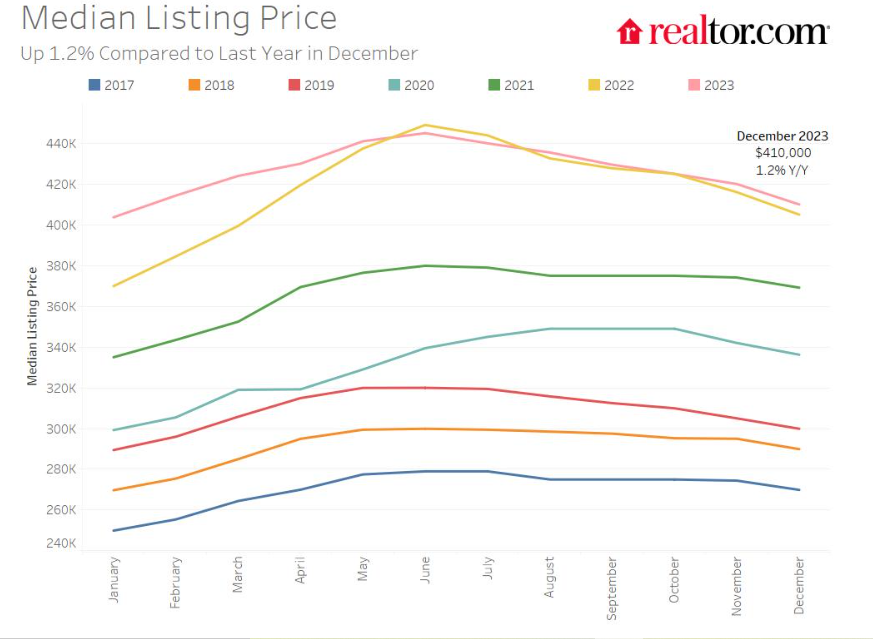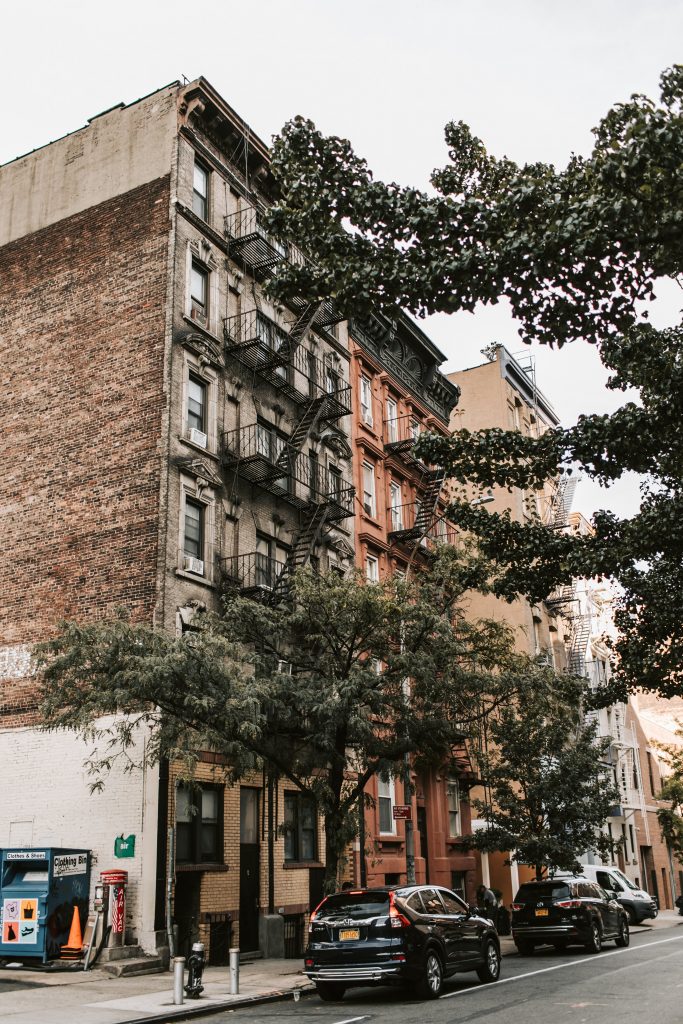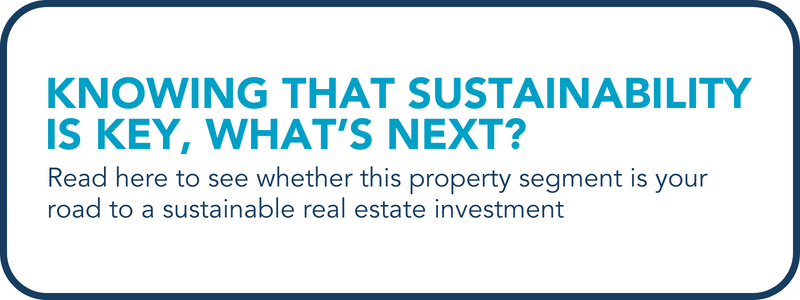In 2023, the US real estate market was poised for its steepest dive since the 2008 housing bubble burst. But amidst this fragility of the market, will it spark new trends and opportunities investors can capitalize on?
IT’S BUBBLING, AND FREEZING
Early 2022 saw experts doubting a broad housing bubble when certain housing sectors, especially the residential sector, losing value. Things remained unconfirmed until the second quarter, when Redfin predicted the US real estate market would soon plummet. This proved a prescient forecast, with 2023 witnessing the market’s worst performance.
All housing segments have experienced severe transaction freezes. Though limited supply has kept prices afloat, a sustained 90% drop in property buying power since 2019 and sharply decreased of profits and revenues of realty business since the beginning of last year confirm the market is close to a bubble state, with more corrections to restore equilibrium.

The discrepancy between spiraling house prices and lagging income growth is likely to cast a dark cloud over the economic output. That said, a prolonged era of inflated prices will drag the real estate market to a constant downturn.
This real estate crisis serves as a stark warning against unsustainable models of urban development. Instead of prioritizing financial speculation and quick profits, fueled by extensive land use and policy loopholes, a shift towards investing in genuine value creation and building long-term competitiveness is essential.

At the same time, this crisis offers a window of opportunity to rethink our approach to resource management. We can move beyond exploitative practices and embrace sustainable solutions that prioritize ecological balance, social equity, and economic resilience. For those absorb trends, nimble enough to navigate unpredictable markets and shape their own journeys, new investment doors are most likely to abound.
Now, more than ever, the question shines brighter: which real estate trends, past and present, will truly reshape the industry in the years to come?
2023’s DUST SETTLES: UNVEILING THE REAL ESTATE TRENDS THAT SURGED
Diving into key property segments, Savills’ global researchers delivered a Q2/2023 investment landscape panorama, revealing potential opportunities and pitfalls for investors.
Office market: Hybrid-working and ESG criteria
The office market faces a shakeup due to the significant changes driven by hybrid working models and shifts in working patterns.

In such context, a new trend takes root: demand for green projects is constantly rising, and ESG standards are rewriting the rule for office market. Eco-conscious investors seek office spaces boasting ESG compliance and green certifications, driving a decentralized market towards sustainable solutions.
Industrial sector: global manufacturing decline, and logistics technology takes lead
The industrial sector has cooled down with a 43% year-on-year investment decline, returning to the level at the end of 2017. The US remains a key market, accounting for more than half of all global transactions.
The recession wave, together with near-shoring (production in nearby markets) and friend-shoring (production in friendly countries) trends are reshaping investment strategies, demanding a focus on regional production and trusted partners.
It is expected that the future of industrial real estate is dynamic and brimming with potential. Investors rejoice as the sector’s flexibility meets trending technologies, paving the way for exciting ventures – and even compact spaces hold promise as efficiency innovations leverage the landscape.
Residential real estate: unfolding challenges of a transforming housing market
The residential estate saw a 65% plunge in investment rate, with commercial housing segments suffering the brunt. While big European investors flee to reduce debt, US players are still in the game, leaving the US as the last liquid oasis in a turbulent market.
Rising borrowing costs cast a dampening effect on buyers, freezing demand and supply in the housing market. The affordable housing crisis continued to be an issue due to urbanization and rising rental demand, especially in Asia Pacific’s megacities.

Retail segment: adapt and recover
Retail’s facing a potential 57% investment drop, but it’s not a one-size-fits-all story. High-end and essential stores, often with both online and physical presences, are bouncing back better than ever, even surpassing pre-pandemic levels. This shows that luxury’s adaptability and convenience stores’ focus on daily needs are also driving growth.
Meanwhile, the pandemic and work-from-home trends have reshaped retail. The “donut effect” highlights how consumer behavior is changing, as buyers prioritize convenience and avoid crowded places. It presents both challenges and opportunities for retailers, demanding a focus on seamless online-to-physical experiences.
Hotels: worldwide slowdown and the emergence of new main markets
In big picture, hotels industry hit the brake when global investment has fallen to 45%, but Japan and Korea markets are turning up the volume and becoming key investing areas after America.

Of course, the global tides may ebb and flow, but there exist hidden resources or thriving regions and resilient sectors. Once savvy investors know how to grasp those real estate gems, they can ride through the waves and leverage their property portfolios.
2024 RISING TRENDS IN THE SLUMP REAL ESTATE MARKET: DIGITAL TRANSFORMATION AND SUSTAINABILITY ARE KEY WORDS
The past 20 years were a roller coaster, and we can buckle up for the next 20 as well
Though pandemics, wars, and economic woes disrupt markets, human ingenuity, from cutting-edge tech to unified action, finds ways to adapt and improve. Each market cycle builds on the past while facing new challenges and shaping new tomorrows.
Diverse concerns towards geopolitical issues, resources depletion and social inequality hint at a dynamic future for urban areas and co-existing living spaces.
Cities can’t truly flourish without embracing key shifts of:
(1) Digital revolution (including ICT – information and communication technology, AI – artificial intelligence, industry 4.0)
(2) Green adaptation (using renewable energy instead of fossil fuels, lowering emissions from production and consumption through technology and management, favorable development – preservation of natural resources and biodiversity)
(3) Travel transformation (electrification and automation of rural vehicles, priority innovation in public and non-motorized transport modes, new logistics chains optimized in the digital era)
(4) Social changes (from rural to urban, aging, middle-class society, modern & smart service community, health priorities, and new lifestyles, new ways of consumption)
Social changes are not only about needs but also reflects awareness of shared values
With a 2022 median age of 38.9, the US population is skewing older at an unprecedented rate, according to The New York Times. This trend may pose significant challenges for future labor, economic, and social systems.

Income inequality shapes the demand for primary or secondary real estate, creating a development belt for sleeping or recreation. As development booms, cities scramble to attract talents, and attractive public spaces are a key asset for urban areas to build their reputation.
In this fast-paced world, time cost and location are one of the most important parameters, as businesses and individuals are laser-focused on cost and quality to make the most out of their resources. And it is crucial to take note that elder citizens from upper middle class are living towards slow living, connected communities, and holistic health – offer a glimpse into a future where shared values take center stage.
Digital waves are crashing upon urban development and real estate, reshaping how value is generated and perceived in these realms
In the digital era, the old location-centric mantra of “position, position, position” falls flat. The new game is all about “connect, connect, connect”: connecting spaces, services, digital ecosystems, businesses, and users seamlessly across social media and the physical world.
Digitalization won’t just shift things like online shopping and remote work. It may redefine everything from what people crave in living spaces to how governments design infrastructure, even altering the very map of cities. Look no further than the pandemic-driven decline in office space, which shows how business cyberspace can reshape entire real estate industries.
Green transition is a gateway to innovative solutions that can finally crack the code on long term development issues
Commitment The Inflation Reduction Act (IRA) of the United States has affirmed its determination to “decrease the U.S. contribution to climate change, slashing greenhouse gas emissions by shifting the economy away from fossil fuels”.

Forward-thinking businesses will shift their focus from short-lived projects to design and operations that consider the entire material life cycle, weaving their efforts into a broader circular economy tapestry, not just individual threads.
This trend paves the way for closed-loop systems within regional ecosystems, where energy, food, materials, water, and waste flow efficiently and sustainably. By embracing inclusive development that covers both urban and rural areas, it bridges the traditional divide and strengthens regional bonds.

Wonder why some areas stay strong even when the housing market goes wobbly? The answer lies in its “values engines” built within their ecosystem
Places that hold their value thrive on a balanced “give-and-take” ecosystem. Think lush, diverse forests: lots of different players working together. Huge suburban houses without nearby stores or people? That’s like a single-species forest – struggling to survive.
Image Caption: The secret to valuable regions and assets is A bustling, interconnected hub of activities. Just like diverse, multi-layered forests, vibrant economies need enough people and businesses to support each other, creating a thriving ecosystem.
Real estate project developers should prioritize both proximity and accessibility for low-income residents, integrating them into smart communities (with quality services and convenient access to jobs, housing, and basic facilities).
In addition, strong policies and a healthy market are key to keeping these communities vibrant. This means protecting nature, schools, and essential services like healthcare and security, all while constantly upgrading these benefits for a thriving and secure society.
ALL IN ALL, WHAT ARE THE “REAL ESTATE GEMS”?
Finding “hidden gems” in a downtrend real estate market hinges on identifying and investing in areas with the potential to evolve into robust service hubs or to grow into an ecosystem including smart communities. Remember that expecting brand-new developments to jumpstart with a complete service ecosystem is a tall order.
Still, it is possible to leverage existing rural resources, capitalize on affordable connectivity projects, and encourage diverse employment centers to emerge. This puts promising areas with scale, density, and rich ecosystems in a prime position to fast-track their development.
Dispersed development, reliant on cars and prone to speculative issues, remains a constant challenge. Yet, opportunities await those who can solve the spatial and temporal puzzle, knowing when and how to act on promising locations.
Reece Almond
Disclaimer: The blog articles are intended for educational and informational purposes only. This article draws in part on the research of Savills and Ashui. Nothing in the content is designed to be legal or financial advice.

